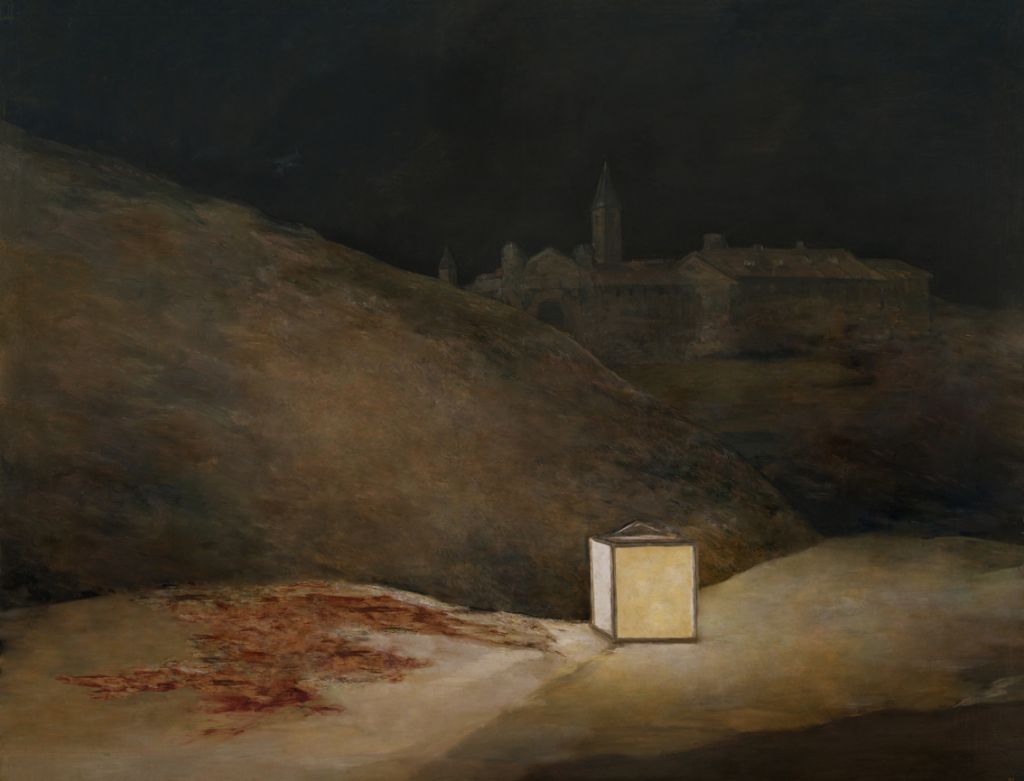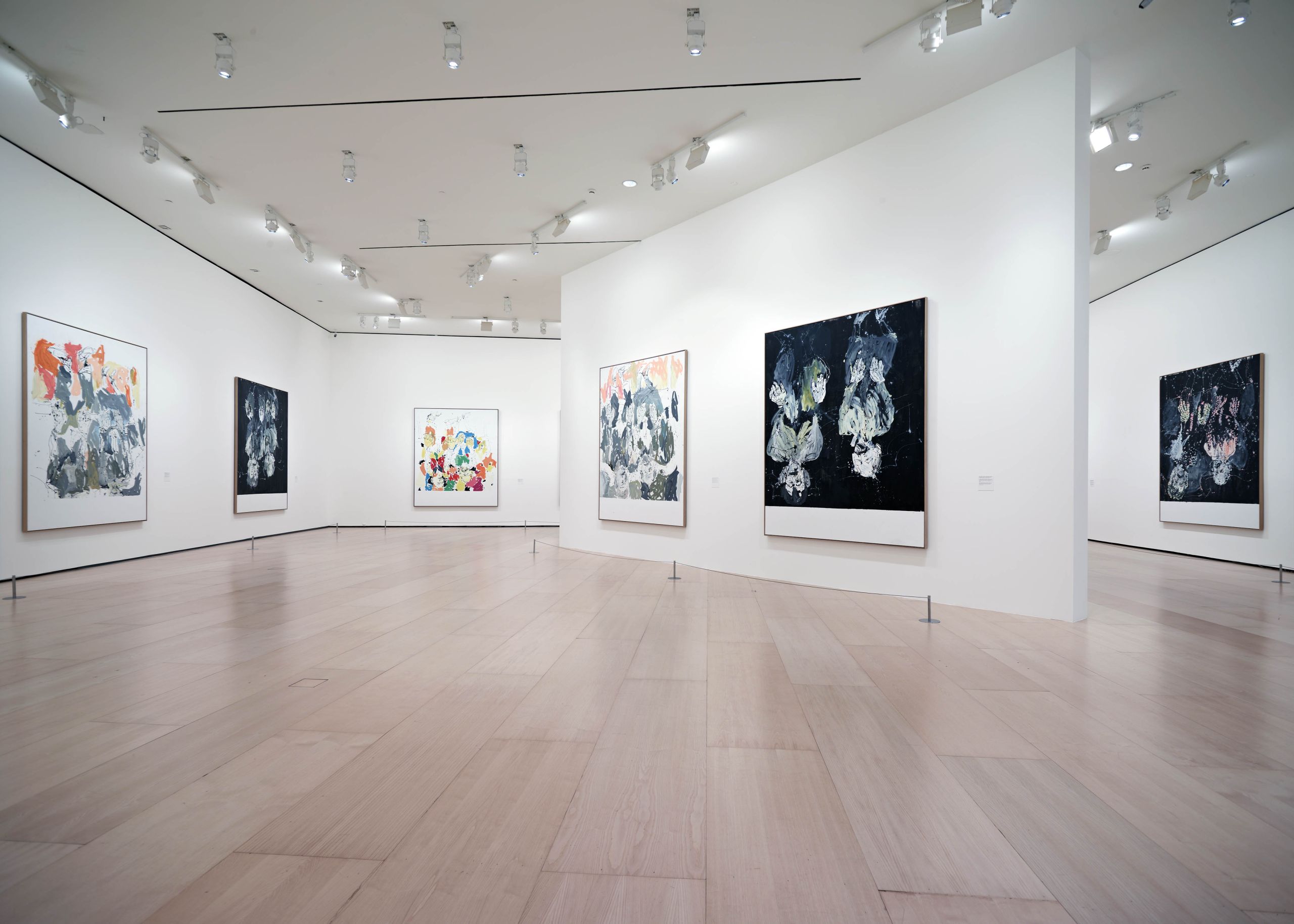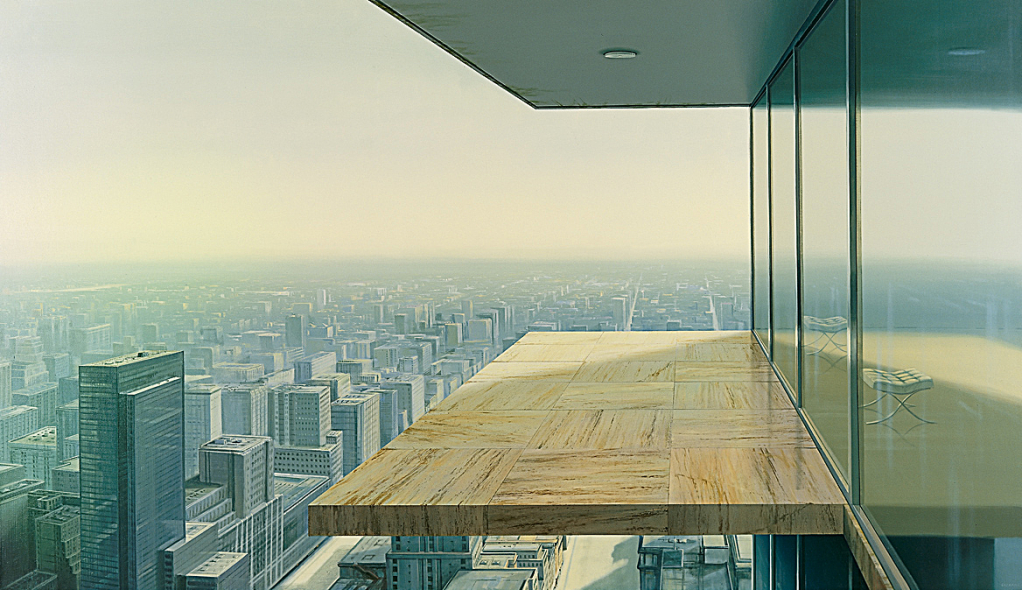The Raft of the Medusa
2010Photographic print on canvas491 x 717 cm
José Manuel Ballester received a fine arts degree from the Universidad Complutense de Madrid in 1984. His early paintings focused on the techniques of the Italian and Flemish Schools of the fifteenth and sixteenth centuries. In 1990 he began to combine painting and photography, and much of his work since that time has featured architectural spaces, both interior and exterior. In 2010 he received the Premio Nacional de Fotografía in acknowledgment of “his unique interpretation of architectural space and light, and his outstanding contribution to the renewal of photographic techniques.”
For Ballester, the rapid technological development of photography has enabled both viewer and artist to take a closer look at the world of art. Through photography, Ballester strives to encapsulate time, to make it stand still, giving respite from the passage of life by immersing the viewer in architectural nonplaces. Ballester is interested in empty spaces, in portraying people through their traces and reflections. His work investigates the loneliness of the individual and the contradictions of the modern world through architecture, transforming spaces into artificial scenes. Light plays a prominent role, with the hidden and the visible, and the public and the private, serving as aspects that reveal the human condition. The large-format images leave a path wide open to interpretation; to Ballester, the work invites the spectator to participate in the metamorphosis of reality.
Ballester’s search for the poetics of empty space has led to the series Espacios ocultos (Hidden spaces), comprising reinterpretations of masterpieces from art history, which he reworks by digitally altering photographic images of these earlier paintings to produce disquieting absences. Works such as Théodore Géricault’s The Raft of the Medusa (Le radeau de la Méduse, 1818–19) have allowed Ballester to revisit paintings of previous centuries, to approach them without having to renounce his own period in history. Géricault’s The Raft of the Medusa, an icon of French Romanticism, depicts the aftermath of the 1816 wreck of a French naval frigate off the coast of Mauritania, when more than a hundred people floated for several days on a hastily built raft and only fifteen survived. Ballester’s photographic reinterpretation shows the remains of the raft itself, absent of people, after the survivors have been rescued and the bodies of the dead have disappeared. Much like his reinterpretation of Francisco de Goya's The Third of May 1808: The Execution of the Defenders of Madrid (1814), Ballester’s The Raft of the Medusa evokes a historical event that remains alive in the public imagination.
Original title
The Raft of the Medusa
Date
2010
Medium/Materials
Photographic print on canvas
More info
Unique edition
Dimensions
491 x 717 cm
Credit line
Guggenheim Bilbao Museoa






